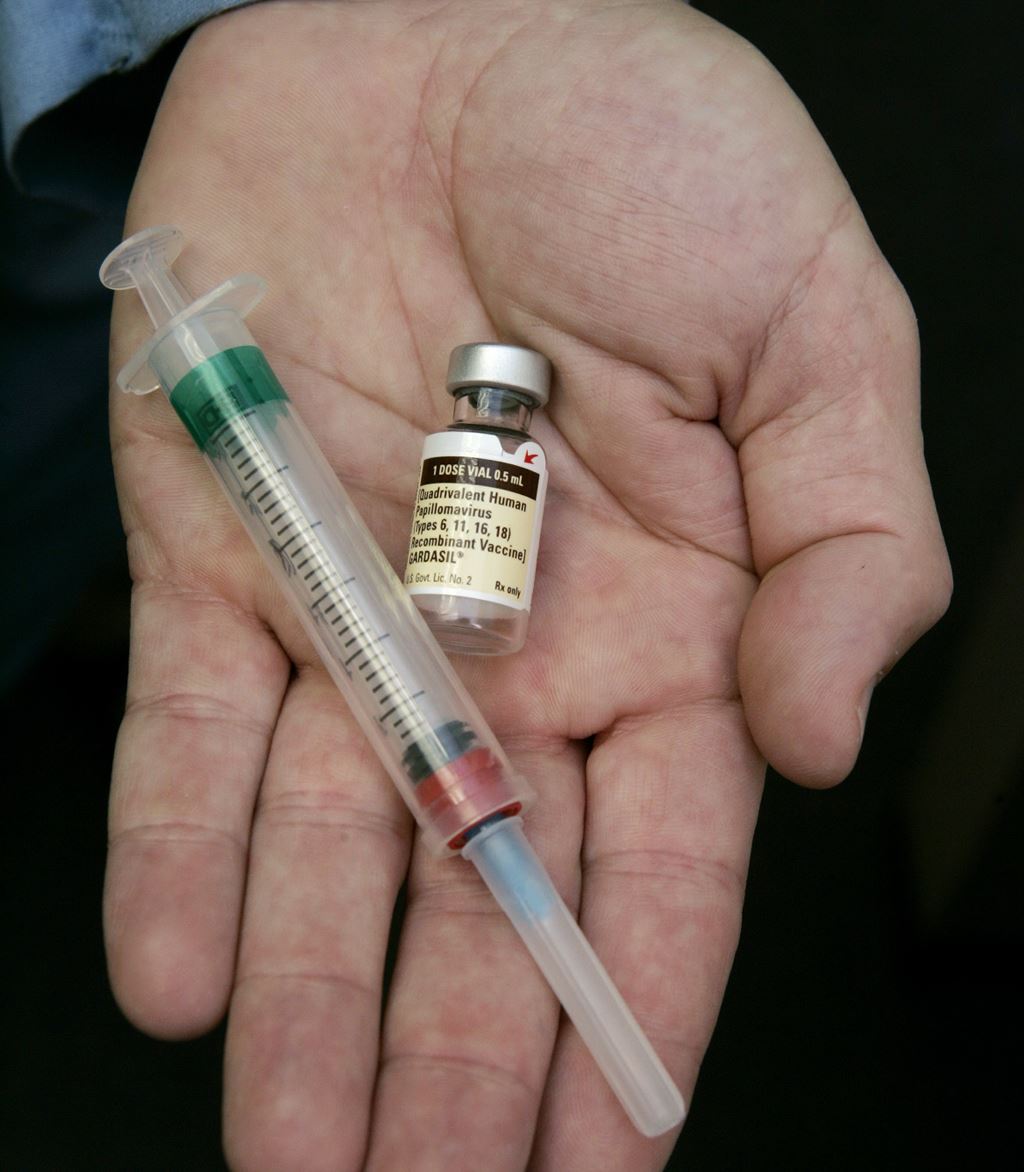-
Tips for becoming a good boxer - November 6, 2020
-
7 expert tips for making your hens night a memorable one - November 6, 2020
-
5 reasons to host your Christmas party on a cruise boat - November 6, 2020
-
What to do when you’re charged with a crime - November 6, 2020
-
Should you get one or multiple dogs? Here’s all you need to know - November 3, 2020
-
A Guide: How to Build Your Very Own Magic Mirror - February 14, 2019
-
Our Top Inspirational Baseball Stars - November 24, 2018
-
Five Tech Tools That Will Help You Turn Your Blog into a Business - November 24, 2018
-
How to Indulge on Vacation without Expanding Your Waist - November 9, 2018
-
5 Strategies for Businesses to Appeal to Today’s Increasingly Mobile-Crazed Customers - November 9, 2018
Vaccine for cervical cancer has reduced HPV in teenage girls
Since that time, the prevalence of the cancer-causing virus has been dropping among young women, according to a new study.
Advertisement
The study, looked at data from 2012 and showed that, in a mere six years, HPV was largely but to bed in teenage girls between the age of 14 to 19 with a decrease of over 63%.
Among women ages 20 to 24, the prevalence dropped from 18.5 percent before the vaccine was introduced to 12.1 percent in the years after it was introduced. Rates didn’t fall among women age 25 and older.
According to a report released by federal researchers on Monday, it has been found out that vaccinations for human papillomavirus (HPV) which was introduced in the U.S. nearly a decade ago has already reduced the number of infections in teenage girls by nearly two-thirds.
Efforts recently have been focused on the recommendation of the vaccine for children between 11 and 12 years of age, when their response to vaccines is more robust than teenagers when most other US states require two other types of vaccines – one for pertussis, diphtheria and tetanus and one for meningococcal disease.
“This is even more evidence showing how effective the vaccine is in decreasing HPV across the population”, said Dr. Radovic, assistant professor of pediatrics in the Division of Adolescent and Young Adult Medicine at Children’s Hospital of Pittsburgh of UPMC, “I think it’s great this study was done”.
The biggest obstacle to getting more girls and boys vaccinated is the reluctance of some doctors to strongly recommend the vaccine, she said. Through the use of national survey data, this study evaluated pre- and post-vaccination era data to determine the prevalence of HPV strains, including 4vHPV and the 5 additional strains covered by the newer 9-valent HPV vaccine. The CDC is working with many groups, including large medical organizations such as the American Cancer Society, to increase knowledge among health care professionals and give them guidance for talking with families about the vaccine.
Twenty percent of patients with HPV-related throat cancers die within five years, he said.
According to the Centers for Disease Control and Prevention, about 80 million people are now infected with HPV in the United States, and around 14 million people, including teens, contract the virus each year.
She hopes this new data will spur more participation. It targets the four different strains of HPV that cause the majority of cases of cancer in women, and protects against anal cancer and genital warts in women and men. Meanwhile, some doctors continue to push for the vaccine to be adopted alongside other ones, such as those for tetanus and diphtheria, recommended for teens.
The Advisory Committee on Immunization Practices included 9vHPV as an option in this year’s immunization schedule, along with 4vHPV and 2vHPV. One of the reasons is that the implicit association of the vaccine with adolescent sexual activity instead of explicit objective, which is cancer prevention.
Advertisement
The study may even assuage fears the vaccine will encourage risky sexual behaviour, says Simon Barton at Imperial College London. The current study is a “really strong call to get people vaccinated”, she added.





























